In the world of do-it-yourself electronics, few skills are as rewarding—or as necessary—as soldering. The art of joining metal pieces with precise heat application opens up a universe of creative possibilities, from simple circuit repairs to complex custom projects. However, with all its advantages, soldering comes with some health hazards, primarily due to the fumes produced during the process. These fumes can be a mixture of rosin, lead, and other chemicals which are potentially harmful if inhaled over time. For those dedicated to creating a safe and comfortable workspace, a solder fume extractor is an essential tool.
The benefits of using a fume extractor are well-documented. Not only does it help protect your health by removing harmful particles from the air, but it also enhances visibility and precision by preventing smoke clouds from interfering with your line of sight as you work. Yet, many DIY enthusiasts are reluctant to invest in such a tool, often due to cost or a lack of understanding of what a good fume extractor entails. This makes constructing your own 12V solder fume extractor an appealing project. It’s cost-effective, customizable, and another feather in the cap of any DIY electronics aficionado.
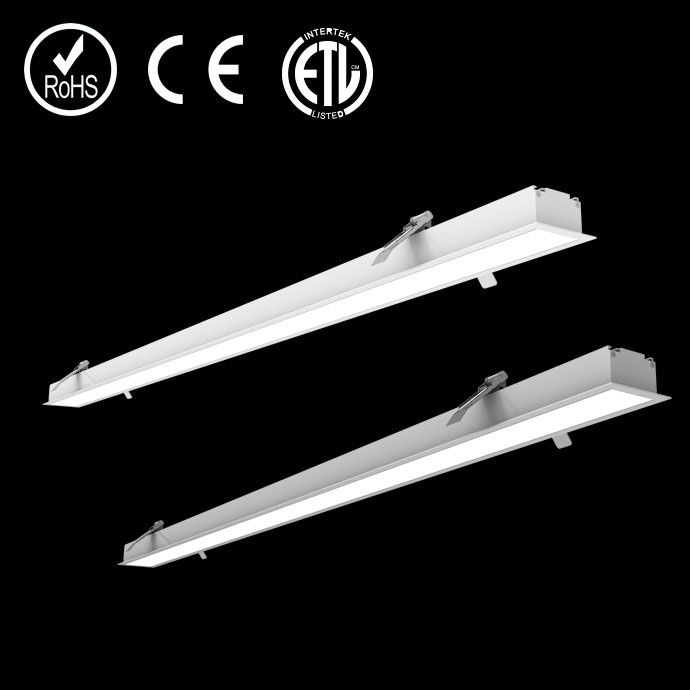
### Understanding the Basics
Before diving into the construction process, it's beneficial to understand the core components of a fume extractor. At its heart, a fume extractor is a fan system that pulls air through a filter, capturing the smoke and harmful particles produced during soldering. The critical components of any solder fume extractor include the fan, the power supply, the filter, and the housing unit to hold everything together.
The choice of a 12V system is particularly clever for a few reasons. First, 12V power supplies are abundant and easy to find, often powering car electronics and many household gadgets. Second, 12V systems can operate from a battery, granting the extractor portability—an attractive feature for those who perform soldering tasks in various locations.
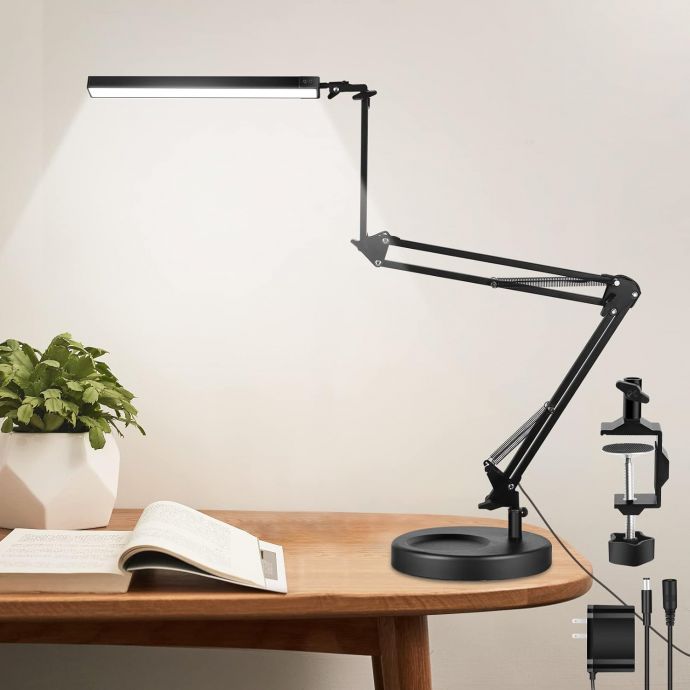
### Gathering Materials
To build your ultimate 12V solder fume extractor, you will need:
1. **12V DC Fan**: Preferably one with a high Cubic Feet per Minute (CFM) rating to effectively pull fumes through the filter. Computer cooling fans or small vacuum cleaner motors are good choices.
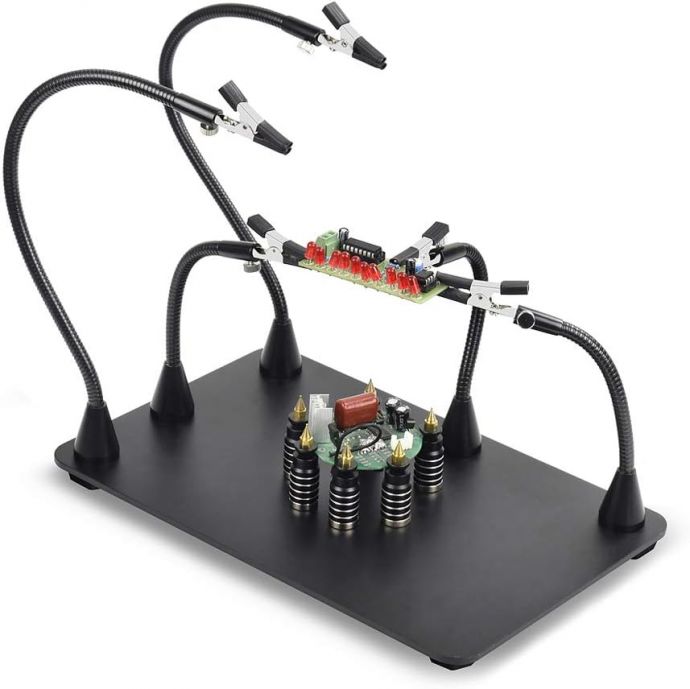
2. **Activated Carbon Filter**: This is crucial for trapping harmful particles. Activated carbon is highly porous, making it effective at adsorbing a range of chemical compounds.
3. **Power Supply**: A reliable 12V DC power adapter. Check your power supply for compatibility with the fan and ensure it delivers sufficient current.
4. **Housing Unit**: This can be custom-made or re-purposed from an old electronics casing. It should be sturdy enough to hold the fan and filter securely.

5. **Soldering Accessories**: Don’t forget your soldering iron, solder, and a small soldering station to assemble the electrical components.
6. **Miscellaneous Tools**: You will need scissors, a screwdriver, a glue gun or duct tape, and a cutting tool such as a dremel or saw.
### The Construction Process
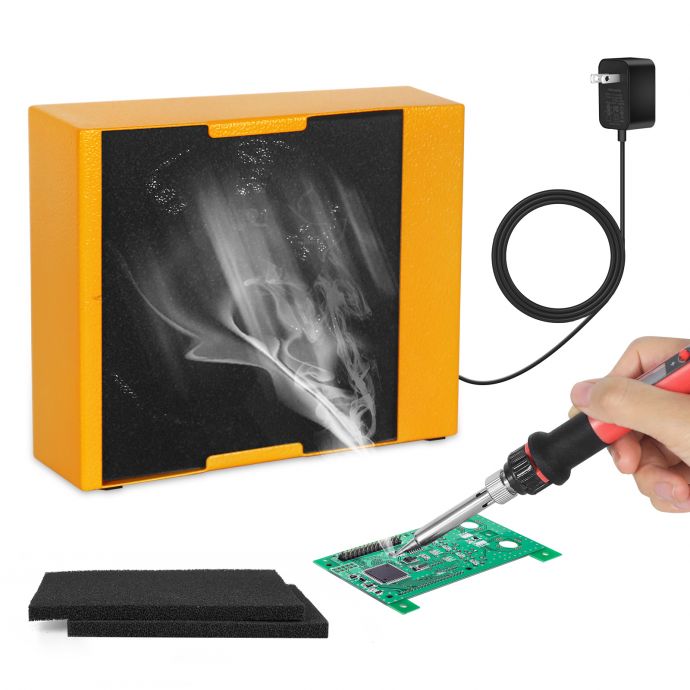
#### Step 1: Prepare the Housing Unit
Start by preparing your housing unit. If you’re using a pre-existing casing, remove any unnecessary components or obstructions. Ideally, it should be compact enough to fit on your workbench yet large enough to house a fan and filter comfortably. If constructing your housing from scratch, consider materials like acrylic or lightweight metals which are easy to work with and durable.
#### Step 2: Install the Fan
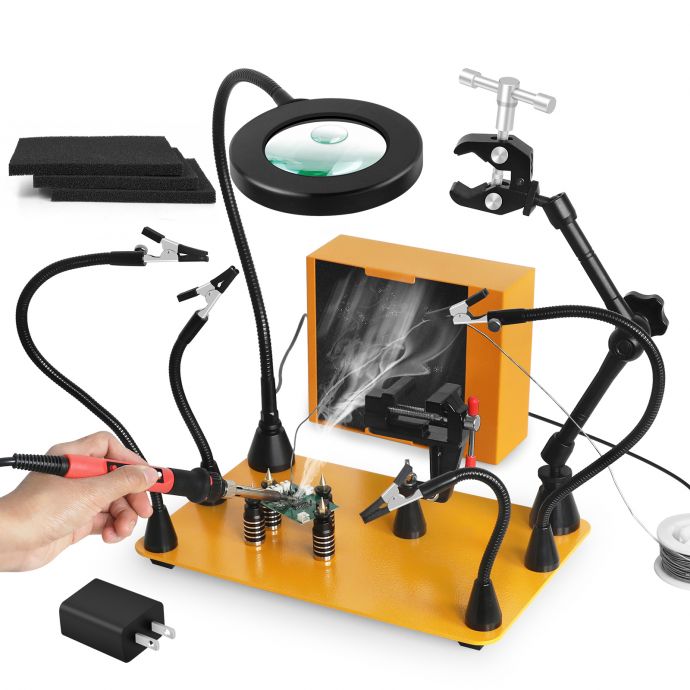
Secure the 12V fan to one side of the housing. This might require cutting an opening that matches the fan’s dimensions. Use screws or a strong adhesive to attach it firmly. Ensure the airflow direction is outward so that the fan pulls air through the filter from your workspace.
#### Step 3: Add the Filter
Position the activated carbon filter directly in front of the fan within the housing. The filter should cover the fan completely to ensure maximum efficiency in capturing fumes. It might require a frame to keep it tight against the fan. Frames can be fashioned from metal mesh or sturdy plastic, both of which can be cut to size and secured with glue or small brackets.

#### Step 4: Connect the Power Supply
Carefully connect the power supply to the fan. If the fan has exposed wires, you’ll need to solder these to corresponding connectors on the power adapter. Be meticulous in checking the polarity and voltage to avoid short circuits or damaging your fan. For a cleaner look, consider using a cable management sleeve to tidy up the wires inside the housing.
#### Step 5: Final Assembly
Once all components are correctly in place, close up the housing unit securely. Make sure there are no openings or gaps where the air can bypass the filter. This ensures that all the solder fumes are properly extracted and cleaned. Test the assembly by turning it on and checking the airflow direction and speed.
### Testing and Optimization
With your fume extractor assembled, it’s time to put it to the test. Power it up and begin a small soldering task. Observe the smoke intake and note if any adjustments are necessary. If the fan struggles with airflow, consider upgrading to a stronger fan or re-evaluating the positioning of the filter.
Enhancements can further improve functionality. Adding a flexible hose can help direct the intake closer to where you’re working. Implementing a speed controller is another useful modification, giving you control over the fan speed depending on the intensity of the soldering task.
### Maintenance and Safety Tips
1. **Regular Filter Replacement**: Over time, activated carbon filters become saturated and less effective. Monitor the filter’s condition and replace it regularly to maintain optimal performance.
2. **Check for Obstructions**: Periodically inspect the fan and housing for debris or obstructions that could impede airflow or cause overheating.
3. **Monitor Power Supply**: Ensure that the power adapter is functioning correctly and replace it if you notice any irregular performance.
4. **Safety Precautions**: Always solder in a well-ventilated area and use additional protective gear such as masks and goggles for extra safety.
Constructing your own 12V solder fume extractor not only provides a cost-effective solution to workshop safety but also highlights the power of DIY innovation. As you hone your soldering skills, the investment in a safe and efficient workspace will pay dividends in both your health and the quality of your projects. The process encourages a deeper understanding of electronic components and the satisfaction that comes from crafting a tool tailored to your specific needs. With careful planning and execution, you’re not just building a utility, but also enhancing the craftsmanship of your soldering endeavors.









